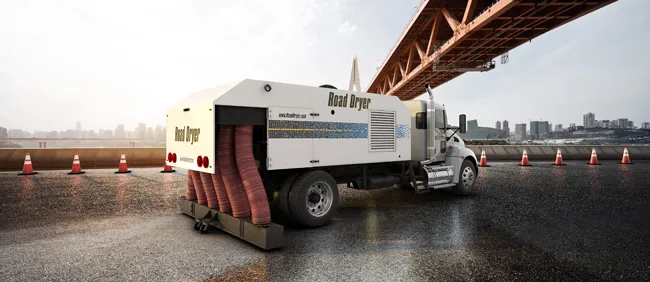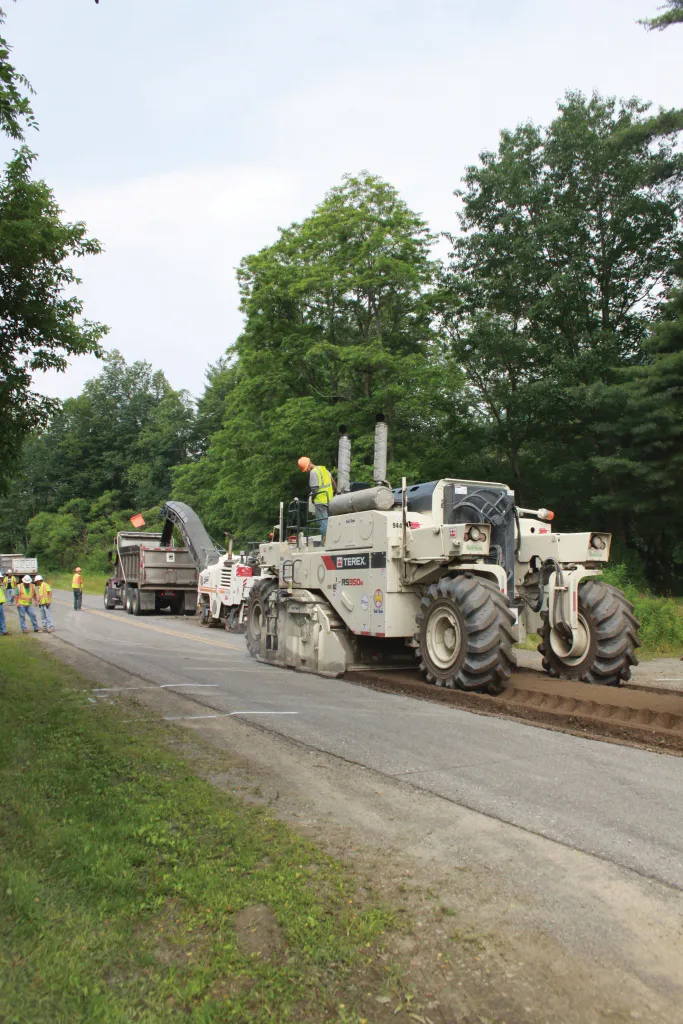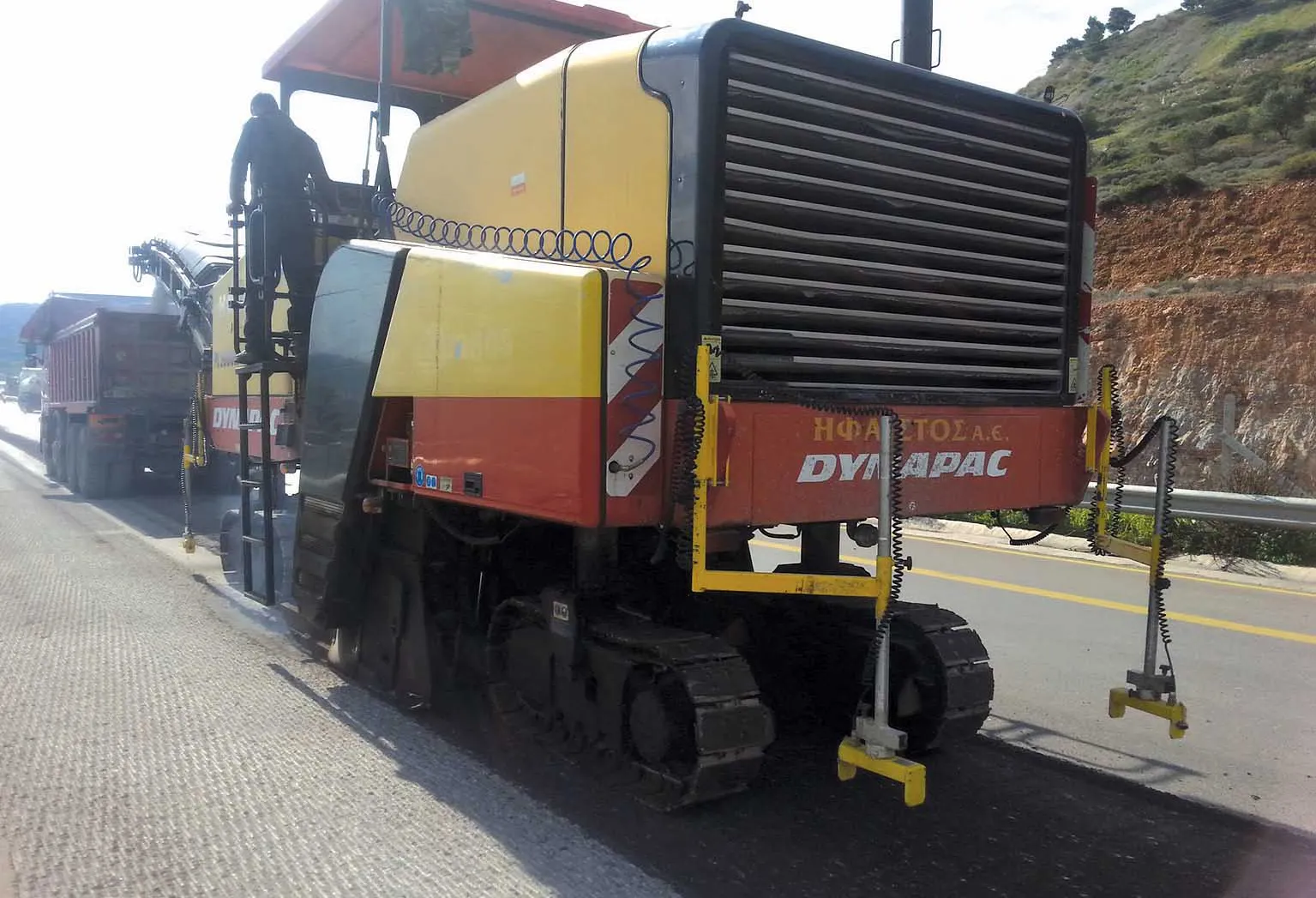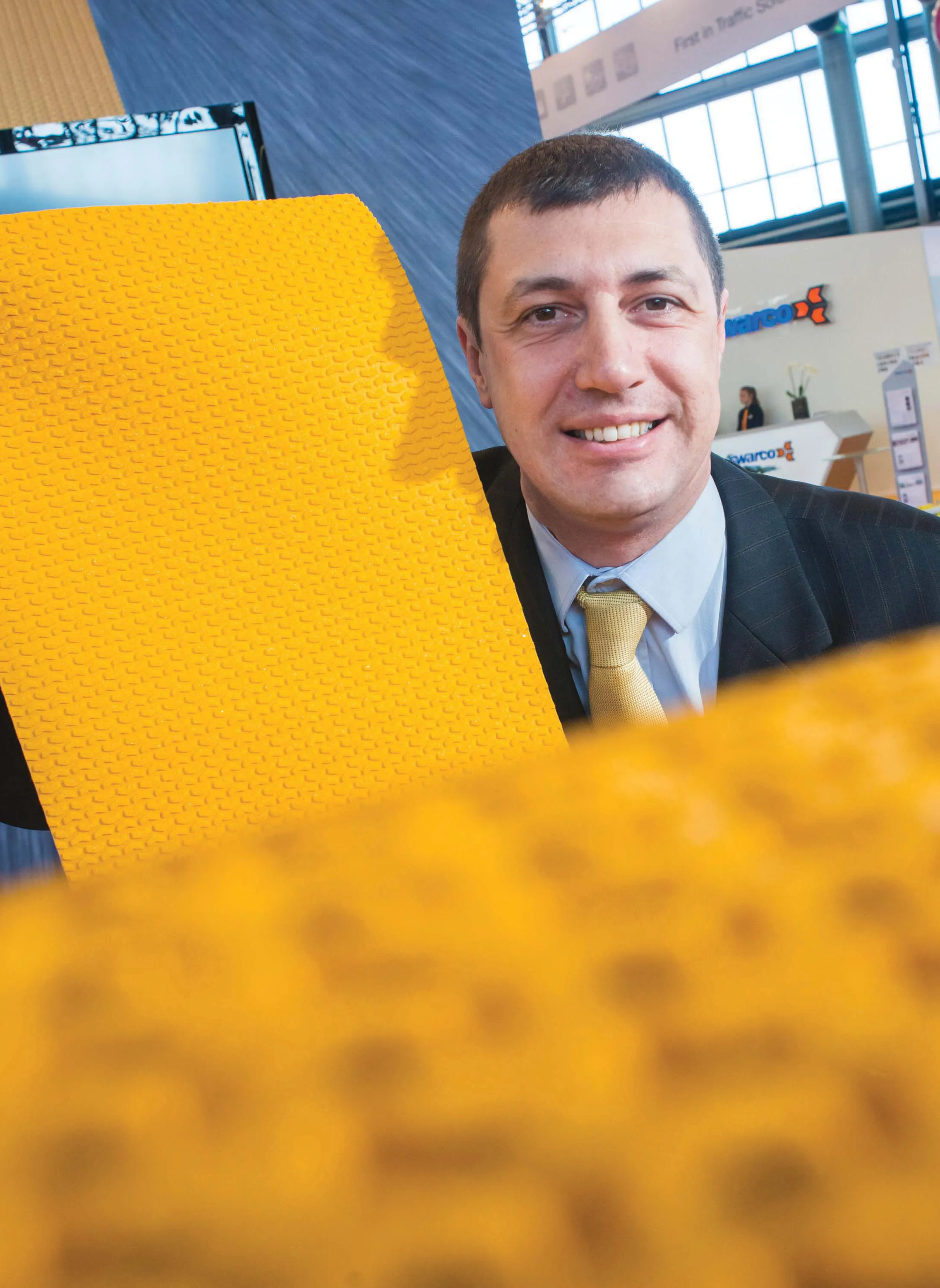
Each method has its limitations along with safety concerns. These include the use of jet fuel, noise, melting pavement, danger from thrown rocks or other objects – not mention slow results. Because of this, traffic is often fully restricted from traveling on roads or runways where drying work is taking place.
The Road Dryer eliminates all of these issues, according to its manufacturer, because the unit swiftly and safely dries the pavement.
The RD-1200XT preconditions the incoming air to remove moisture prior to heating and directing the heated air to the road. This allows faster drying time and the unit will not harm asphalt, as the flow of drying air does not exceed 150°C.
Heated air is blown directly downward through multiple nozzles. This eliminates the risk of creating flying objects meaning that traffic can continue to flow in nearby lanes. Traffic congestion is reduced.
Available as a simple-to-operate trailer- or truck-mounted unit, the RD-1200XT can be adjusted for 2.4m-3.7m drying widths. Because it dries pavement on demand, it provides flexibility for contractors and government agencies to meet timetables by minimising delays from weather- and project-related wet conditions.
Because the pavement is ready for paving or surfacing typically within an hour, it allows for increased throughput by several road kilometres per shift.
For striping operations, hydro-blasting leaves the road surface wet and it must be dried before new paint may be sprayed on the surface. With a Road Dryer RD-1200 following the hydro-blaster to dry the surface, a paint sprayer may be run immediately behind the Road Dryer unit, to paint or repaint lines.
Road Dryer is based in the city of Greenville in the US state of South Carolina and has a manufacturing facility in Palm City, Florida state. The company provides equipment sales and leasing throughout North America and around the world. The company can provide experienced operators, as well as onsite training for crews.









